By John Freeman and Colin Noble
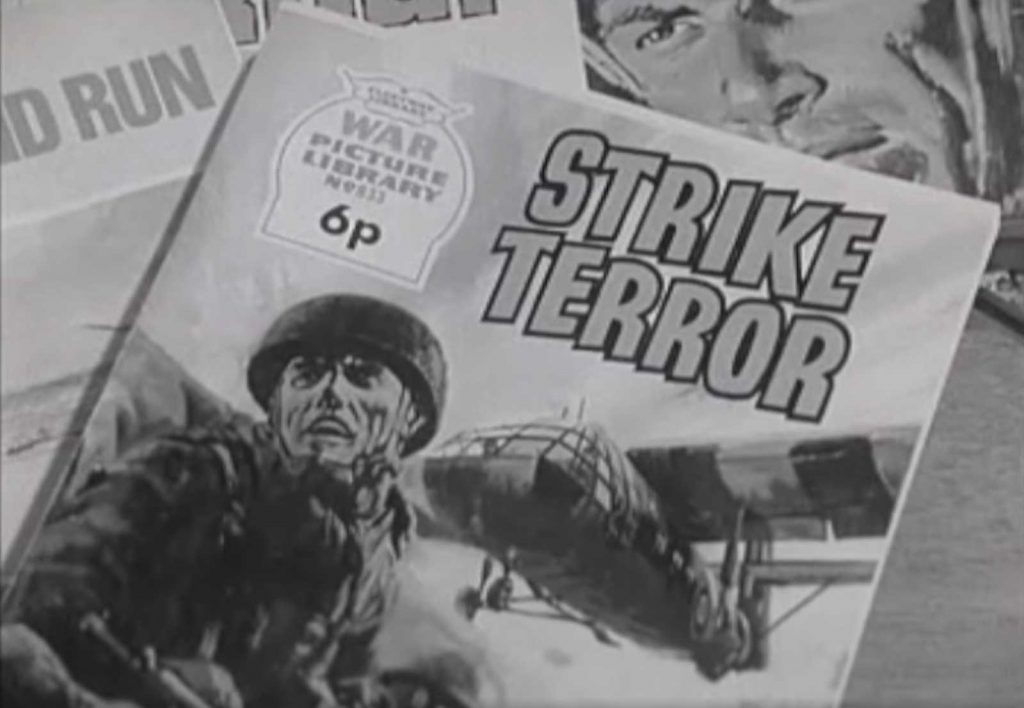
Back in 1973, the British Army researched the way war was presented in numerous British comics to help address its recruitment issues, aided by academic and military historian Professor John Erickson. His findings prompted a change of direction in the way joining the Army was advertised, that continues to this day.
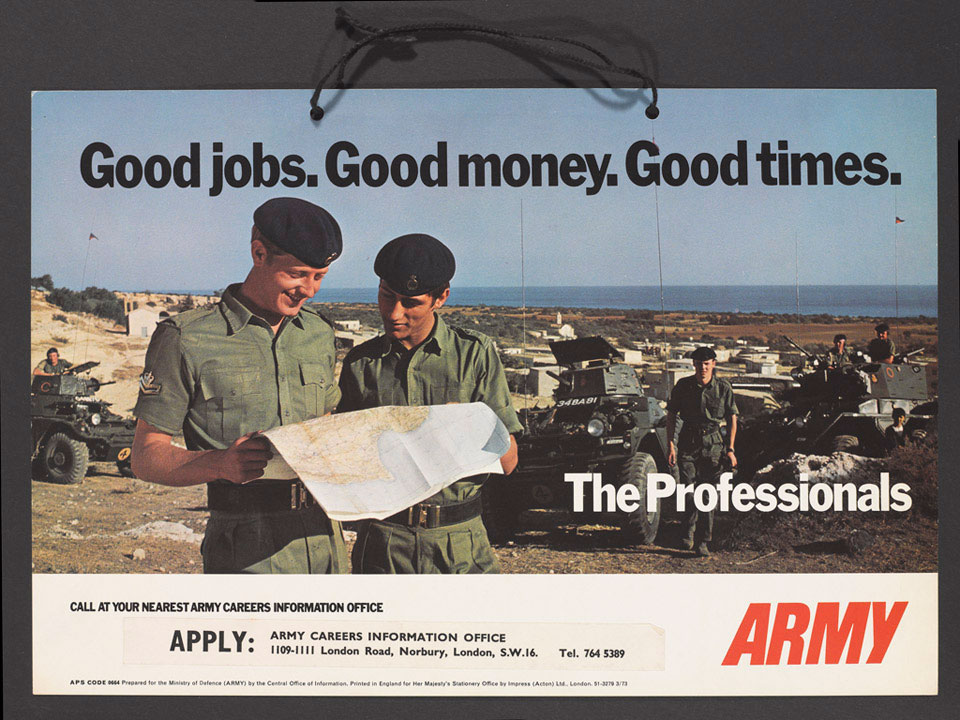
BBC’s Nationwide magazine show picked up on the research and interviewed the professor about his work that led to changes in the message in recruitment advertising, moving away from promoting the “glamour” of army life in favour of focusing on comradeship.
Back then, the reality of the ongoing conflict in Northern Ireland, reported daily, made it very clear that being a soldier was far from glamorous, and in contrast to the situation just one year earlier, then celebrated in Parliament, recruitment was on the decline. (Statistics for the period reflect a fall in the number in the British forces, in part due to reductions in numbers sought).
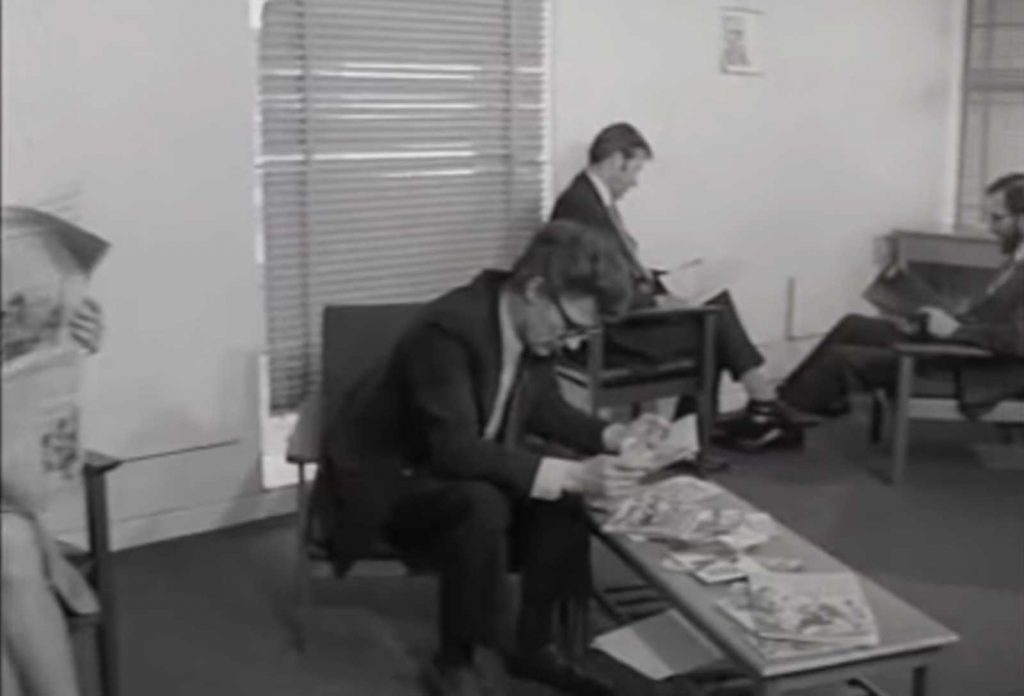
Recognising the popularity of war comics, the Nationwide reported that the Army felt there were still enough youngsters around with a wartime spirit who might join the force – providing “the Army knows what they like, including what some of them read.” To that end, they enlisted Professor Erickson – then regarded as the western world’s leading authority on the Soviet Union – to discover why they found war comics so appealing.
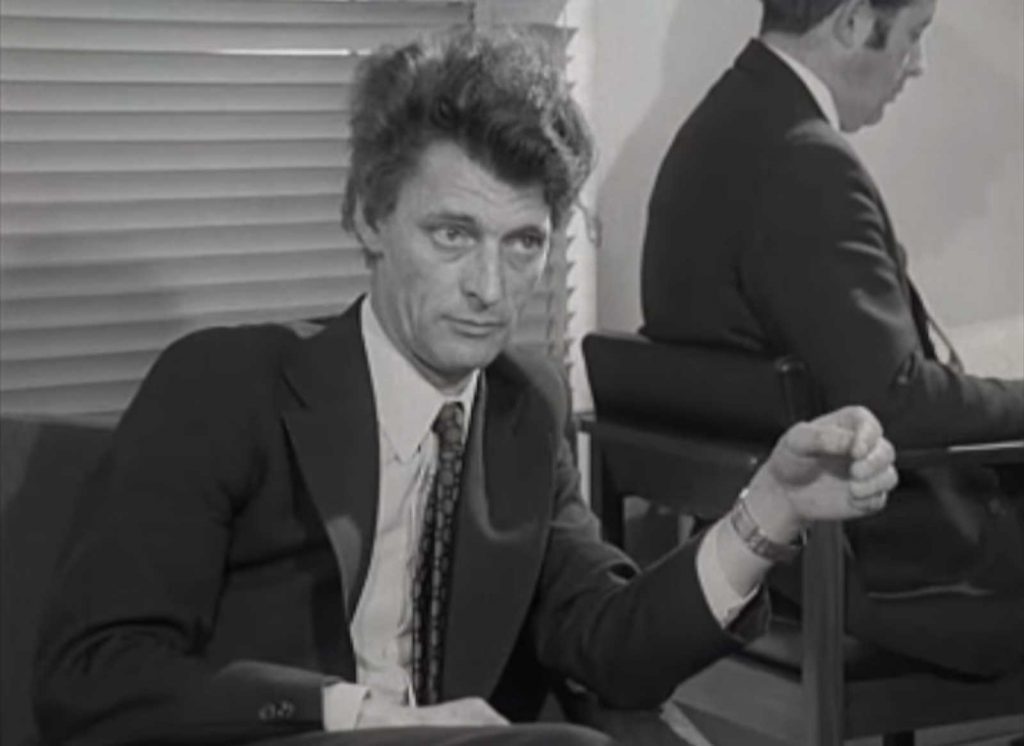
“You might imagine that they’re crude war stories in which they glorify violence and war itself and so on, with stylised pictures of soldiers,” he told the reporter, leafing through copies of Commando and Feetway’s War Picture Library, after the camera panned across the room showing other academics reading The Times and a Snobol computer programming handbook.
“Now this turns out not to be the case… the first conclusion I would draw about these is that, at the moment, when we seem to have a society where authority and obedience and good traditional virtues are at a discount and are certainly not adopted by the younger generation, it is precisely those virtues, almost in a Kipling-esque sense… that are embodied in these.”
“What sort of virtues?” asks the reporter.
“Such as the soldier is a good man, truthfulness, service to your community, service to your fellow man, rectitude, honesty,” the professor notes, “all of these things are praised in the individuals… indeed not only praised, but singled out in the individuals who form part of the story in these things.
“Oddly enough, although these may be labelled war comics, they’re not about war at all,” he continued. “They are essentially about behaviour.”
Professor Erickson and others recommended to the Army that a new straight talking advertising campaign was needed to reach out, back then, to the male teenagers they wanted to enlist.
Responding to the research, the Army changed tack in is recruitment, admitting soldiering can be dangerous and no longer sold the role as one of glamor, excitement and travel, instead promoting comradeship and the value of service; and the chance to “to become a man”.
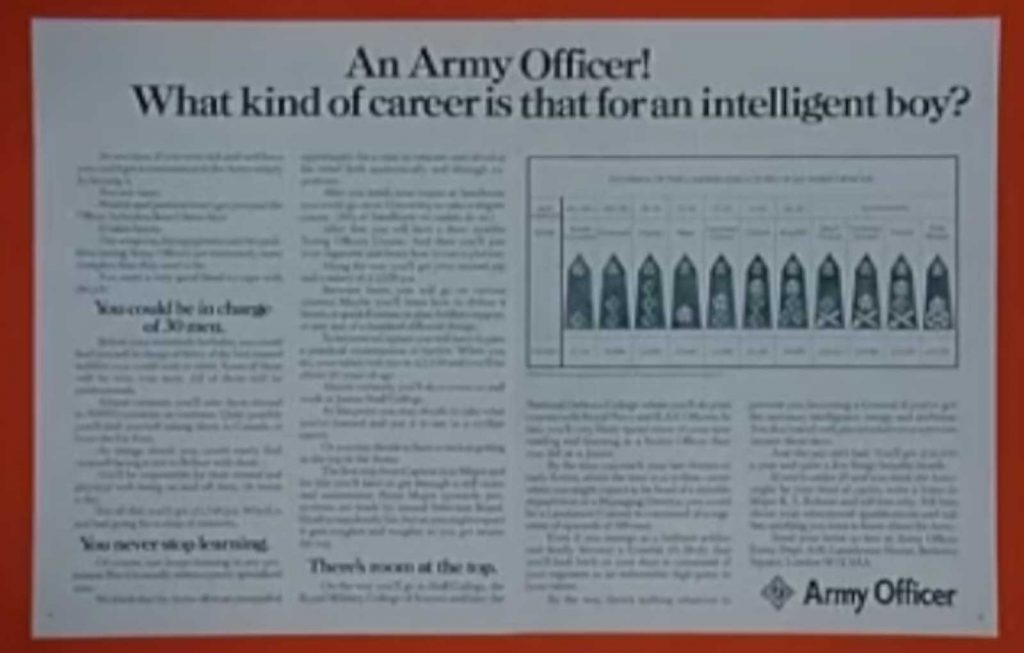
It’s a fascinating short item, revealing not only a glimpse of some research into comics of the early 1970s but also a perhaps a rarely noted respect for the medium from the establishment, if for its own ends.
Of course, it wouldn’t be a comics mainstream news item without the requisite “Aaaargh” and the reporter delights in delivering that as he singles out a couple of panels of dialogue!
John Erickson, who died in 2002, wrote extensively on World War Two. His two best-known books – The Road to Stalingrad and The Road to Berlin – dealt with the Soviet response to the German invasion of the Soviet Union, covering the period from 1941 to 1945. He was respected for his knowledge of Russia during the Cold War, and his Russian language skills and knowledge, not only in the West but by the Soviet Academy of Sciences, too.
An obituary in The Scotsman in 2002 notes his success in bringing the military leaders and diplomats of both camps together in the “Edinburgh Conversations”, the extraordinary series of seminars alternating between Edinburgh and Moscow during the Eighties, helped to thaw attitudes and influence official and academic thinking on both sides of the Cold War divide.
“He was more valued abroad, particularly by the two superpowers, than in his native Britain – a prophet with less honour than he deserved in his own country,” noted Christopher Bellamy in his obituary for the professor in the Guardian in 2002. “He could have compromised his principles to gain high academic office and government honours but refused to do so.
• The archive video “1973: Nationwide: War Comics” is here on Facebook
Some of the comics researched, featured in the report include:
• Commando Comics: Issue 688 “War-Lord”, 714 “Komet!” and 740 “Oasis Of Fury” © D C Thomson & Co 2020
• Top Sellers Pocket War Library Issue 43 – “Hit and Run” © unknown
• War Picture Library: Issue 784 “The Twilight War”, 786 “Battle Shock”, 833 “Strike Terror”, 835 “Verdict By Fire”, 848 “Battle Group”, 849 “Eagle Roost”, 850 “Duffy’s Kingdom”, 852 “Target Tirpitz” and 853 “The Crimson Sea” © Rebellion 2020
With thanks to Becky Metelko for highlighting this item and Colin Noble for researching some of the comics featured in the original BBC report
The founder of downthetubes, which he established in 1998. John works as a comics and magazine editor, writer, and on promotional work for the Lakes International Comic Art Festival. He is currently editor of Star Trek Explorer, published by Titan – his third tour of duty on the title originally titled Star Trek Magazine.
Working in British comics publishing since the 1980s, his credits include editor of titles such as Doctor Who Magazine, Babylon 5 Magazine, and more. He also edited the comics anthology STRIP Magazine and edited several audio comics for ROK Comics. He has also edited several comic collections, including volumes of “Charley’s War” and “Dan Dare”.
He’s the writer of “Pilgrim: Secrets and Lies” for B7 Comics; “Crucible”, a creator-owned project with 2000AD artist Smuzz; and “Death Duty” and “Skow Dogs” with Dave Hailwood.
Categories: downthetubes Comics News, downthetubes News
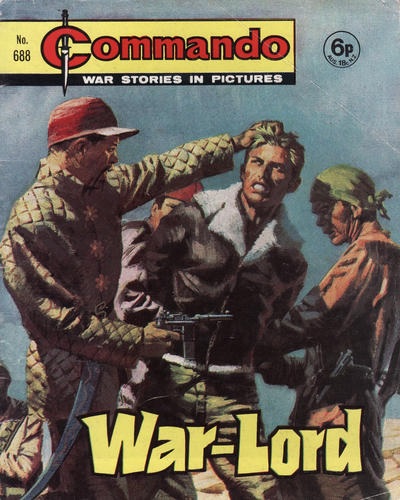

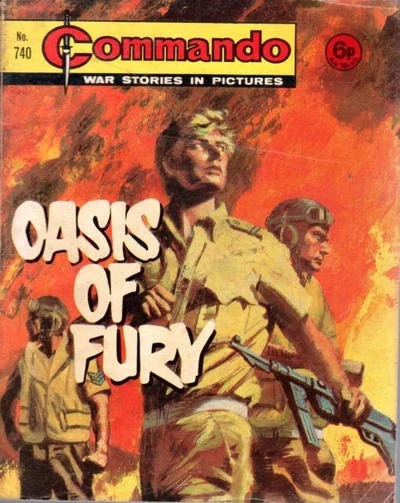

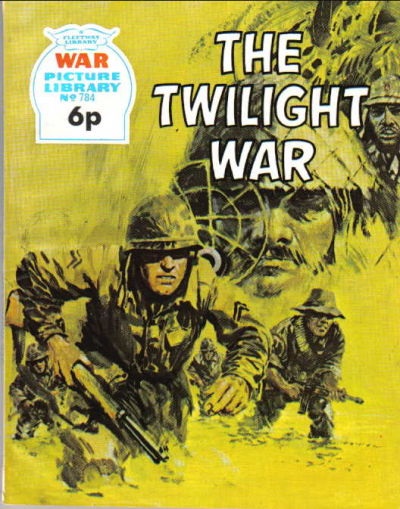
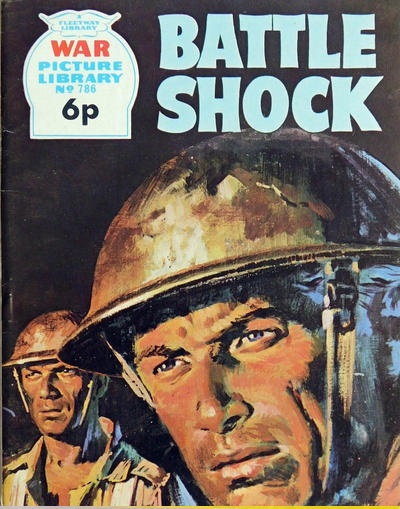
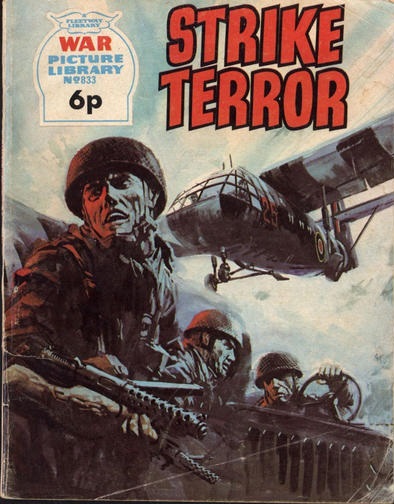

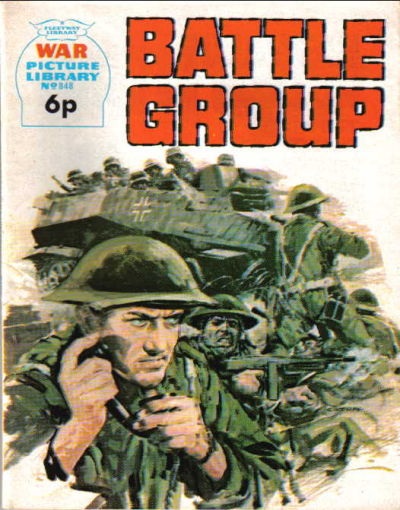
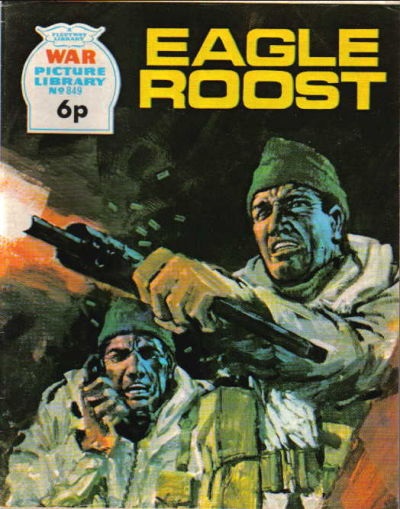
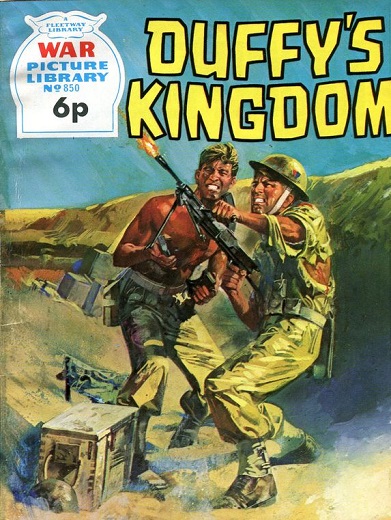
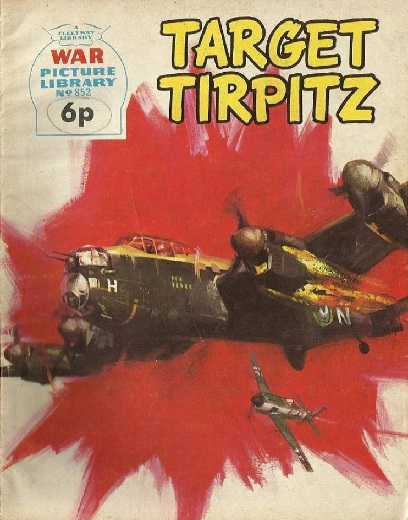
 FML, new creator-owned series from Kelly Sue DeConnick and David López, promoted with ingenious guerrilla marketing
FML, new creator-owned series from Kelly Sue DeConnick and David López, promoted with ingenious guerrilla marketing  Dark Horse, Hasbro, tease new Dungeons & Dragons, Magic: The Gathering projects
Dark Horse, Hasbro, tease new Dungeons & Dragons, Magic: The Gathering projects  The SEQUENT’ULL Interviews: Dan White
The SEQUENT’ULL Interviews: Dan White  Sports comic highlights an immortal rugby match
Sports comic highlights an immortal rugby match
Anyone interested in how the army was possibly still then – and certainly in the era of national service – should watch the Get Some In! series on Talking Pictures TV. Filmed in the 1970s, it was about 1950s conscription – and it captures a lot of what happened to both NS and regular recruits at the time. I still have “the tee shirt”. In 1952 100,000 troops out of a total of some 871,000 were sent to Korea. By 1970 that total had been cut to 373,000. By 2011 it was 186,400. Today “the total strength of [army] ‘UK Service Personnel’ is 193,980”. Nuff sed.